Retro Replay Review
Gameplay
Carrier Strike: South Pacific 1942–44 delivers a deep operational-level simulation of naval-air warfare in the Pacific theater. At its core, you manage task forces (TFs) of ships and direct every phase of carrier flight operations. Whether you’re plotting the precise waypoints for your cruisers and destroyers or scrambling Wildcats for combat air patrol, the level of control is both comprehensive and rewarding.
(HEY YOU!! We hope you enjoy! We try not to run ads. So basically, this is a very expensive hobby running this site. Please consider joining us for updates, forums, and more. Network w/ us to make some cash or friends while retro gaming, and you can win some free retro games for posting. Okay, carry on 👍)
The Campaign Game immerses you in a month-by-month progression from May 1942 through June 1944. Each scenario represents a single battle—real or plausible—so losses carry over. Ships sunk or heavily damaged in one action are unavailable in the next, reinforcing the importance of prudent tactics and resource conservation. This continuity heightens the stakes of every sortie and fuels an addictive desire to preserve your fleet across multiple engagements.
Beyond historical battles like Midway and the Coral Sea, the random-historical generator creates plausible “what-ifs” that never actually occurred but feel authentic to the period. You can choose to dive straight into iconic engagements or test your strategic flair against unpredictable enemy deployments. Combined with customizable difficulty and optional fog-of-war rules, Carrier Strike offers both a rigorous historical simulator and a sandbox for improvisation.
Graphics
The visual presentation of Carrier Strike is functional rather than flashy, emphasizing clarity over cinematic frills. The hex‐based map displays at-sea grid coordinates, color‐coded islands, and search patterns in a style reminiscent of classic board wargames. Ships and aircraft appear as counters with distinct silhouettes, making it easy to distinguish carriers, battleships, cruisers, and various aircraft types at a glance.
Flight decks animate with subtle flourishes when squadron tokens move from the hangar to the catapult, and ordnance markers for torpedoes, bombs, and fighters change dynamically as you assign loadouts. While not graphically intensive, these touches provide satisfying feedback and underscore the mechanical depth of carrier operations without bogging down performance.
The user interface balances multiple information panels—ship status, aircraft funnels, mission lists—within a single screen. Tooltips and selectable overlays help interpret range circles, search arcs, and damage levels. Although veteran wargamers will appreciate the density of data, newcomers may need a handful of battles to feel entirely comfortable navigating the interface.
Story
Carrier Strike eschews a scripted narrative for a player-driven saga, yet the historical context provides a vivid backdrop. Each battle briefing includes period photographs, force rosters, and concise intelligence reports, reinforcing the stakes and personalities involved. You can almost sense Admiral Halsey’s urgency as you search for hidden Japanese carriers across the central Pacific.
Random-historical battles inject an element of unpredictability, prompting fresh “what-if” scenarios. Perhaps a Japanese battleship detachment turns up early, or your own reconnaissance falters under adverse weather—these emergent storylines rival any scripted campaign in drama. Every victory feels earned, and every reversal carries the weight of strategic consequences that resonate across subsequent months.
The campaign’s calendar mechanic fosters a sense of passing time and wartime logistics. After-action reports summarize fuel expenditures, aircraft losses, and repair timetables. When you witness your seasoned pilots replaced by greenhorns, or receive word that a veteran carrier is out of action for repairs, the narrative stakes sharpen. This blend of operational detail and temporal progression weaves a tapestry of perseverance, triumph, and occasional frustration.
Overall Experience
Carrier Strike: South Pacific 1942–44 stands out as a meticulous wargame that faithfully reconstructs the carrier duels of WWII. Its blend of historical accuracy, flexible scenario design, and campaign continuity yields an engrossing experience for strategy enthusiasts. The game rewards careful planning, relentless reconnaissance, and adaptive tactics—mirroring the real-world challenges faced by fleet commanders.
While the learning curve can be steep, comprehensive documentation and scenario tutorials ease the transition. Once you master flight deck cycles, torpedo run coordination, and scout-plane scouting patterns, the game opens up in all its operational complexity. Victory feels all the more satisfying knowing you balanced fuel usage, damage control, and ordnance choices under time pressure.
For potential buyers seeking a deep, historically anchored naval simulation, Carrier Strike offers unmatched replayability and strategic depth. Its austere graphics and interface are secondary to the thrill of plotting multi-carrier strikes, evading enemy patrols, and safeguarding your fleet month after month. If long-term campaign commitment and meticulous planning appeal to you, this title will keep you plotting hexes and catapulting aircraft for hours on end.
 Retro Replay Retro Replay gaming reviews, news, emulation, geek stuff and more!
Retro Replay Retro Replay gaming reviews, news, emulation, geek stuff and more!
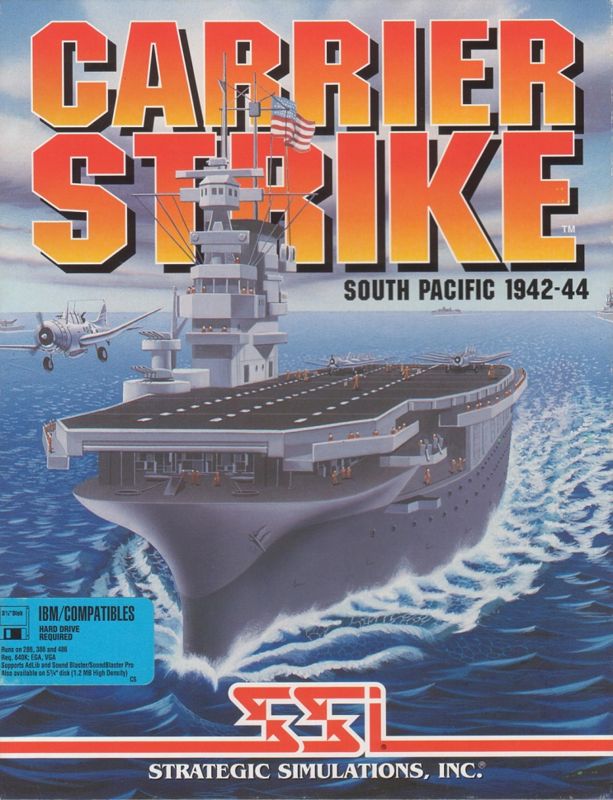
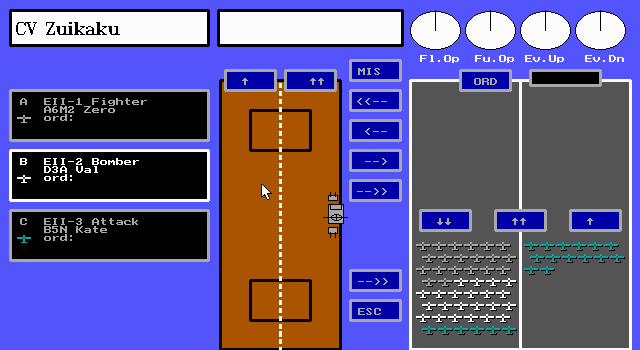
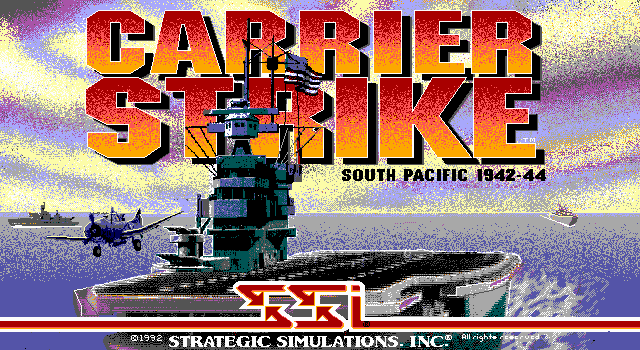
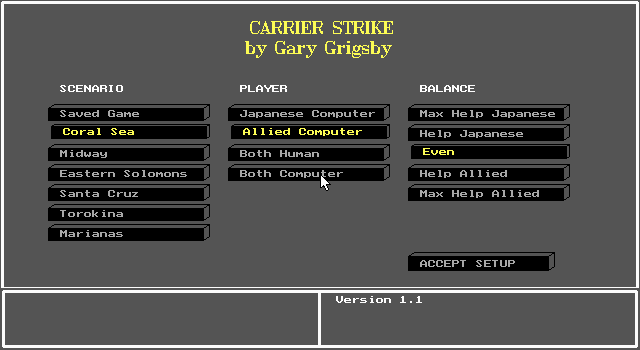
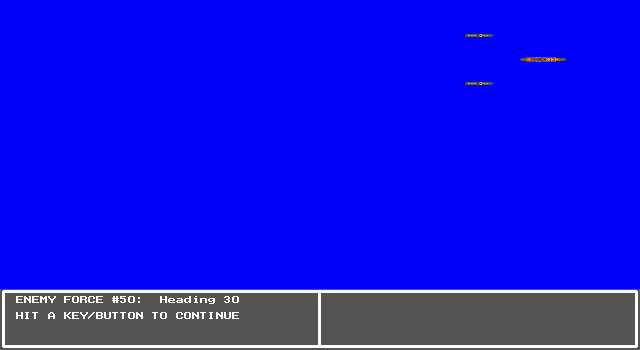
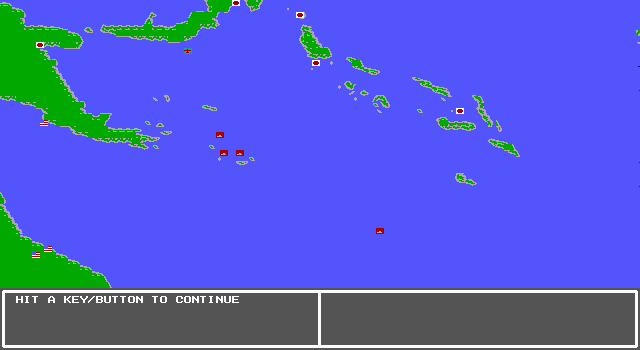



Reviews
There are no reviews yet.